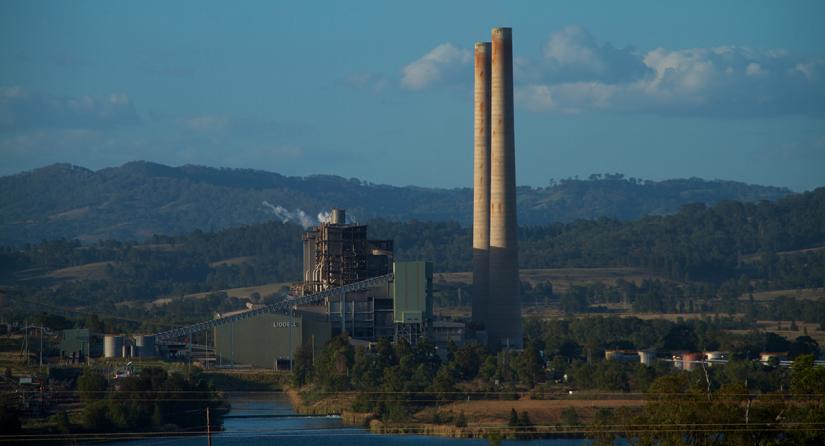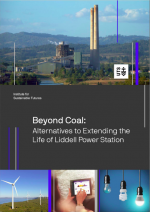A system in transition
Australia’s electricity system is experiencing its most fundamental transition in half a century. Key drivers include the rise of renewables; a shift from centralised to decentralised energy supply; a much greater role for smarter, more controllable and more efficient consumption; and the need to reduce the sector’s greenhouse gas emissions to address climate change.
Two critical questions in this transition are:
- How do we best manage the retirement of existing coal-fired power stations as they reach the ends of their economic lives?
- What are the best options to replace the capacity that coal-fired power stations provide at times of peak demand, and to replace the energy that they provide throughout the year?
The challenge
The Australian Energy Market Operator (AEMO) has raised the prospect of a shortfall in electricity supply in the summer of 2023/24 following the scheduled closure of the Liddell Power Station in the Hunter Valley, NSW in 2022.
The Commonwealth Government has suggested that the preferred way to minimise the impact of the scheduled closure of Liddell is to defer the closure for at least five years.
On the other hand, AGL, the owner of Liddell Power Station, has flagged a potential alternative strategy to manage the transition through a mix of new generation, batteries and demand response. AGL requested that the Government allow their board 90 days to consider the options of keeping Liddell open for five years, selling the station, or maintaining AGL’s current strategy of scheduled closure of Liddell in 2022.
The Australian Conservation Foundation commissioned ISF to undertake this study Beyond Coal: Alternatives to Extending the Life of Liddell Power Station to inform this debate by investigating alternatives to the Commonwealth Government and AGL proposals. To this end, the study illustrates and compares three different primary scenarios: the extension of Liddell’s operations; AGL’s proposal and a “clean energy package” including renewable energy, energy efficiency, energy storage, demand response and flexible pricing.
These choices are not only relevant for the case of Liddell, but also as an important precedent for the expected closure of the majority of Australia’s existing coal-fired power stations within the next two decades.
A range of solutions
There are many potential options to provide additional electricity capacity and energy in 2023. For simplicity, we have focused on the ten most prominent and practical technology options, including extending the life of Liddell Power Station and a range of generation (supply side) and energy management (demand-side) options. These options were then aggregated into three primary scenarios:
- Extend Liddell (refurbishing Liddell Power station to provide 1,000 MW of coal-fired electricity)
- AGL Proposal, as outlined by AGL at their 2017 Annual General Meeting (comprising a 100 MW of capacity upgrade at the Bayswater coal power station, 750 MW of gas power, 50 MW of wind, 100 MW of demand response and 50 MW of batteries)
- Clean Energy package (comprising a mix of 1000 MW of energy efficiency, 600 MW of new wind energy generation, 250 MW of demand response and 200 MW of flexible pricing).
RESEARCH OUTPUTS
Beyond Coal: Alternatives to extending the life of Liddell power station (2017) (Report)
Researchers
-
Senior Research Consultant
-
 Chris DunstanAdjunct Associate Professor
Chris DunstanAdjunct Associate Professor -
Senior Research Consultant
-
Professor and Director
-
Research Director
-
Tom Morris
-
Associate Professor and Research Director
Year
- 2017
Location
- Hunter Valley, NSW
Client
- Australian Conservation Foundation










